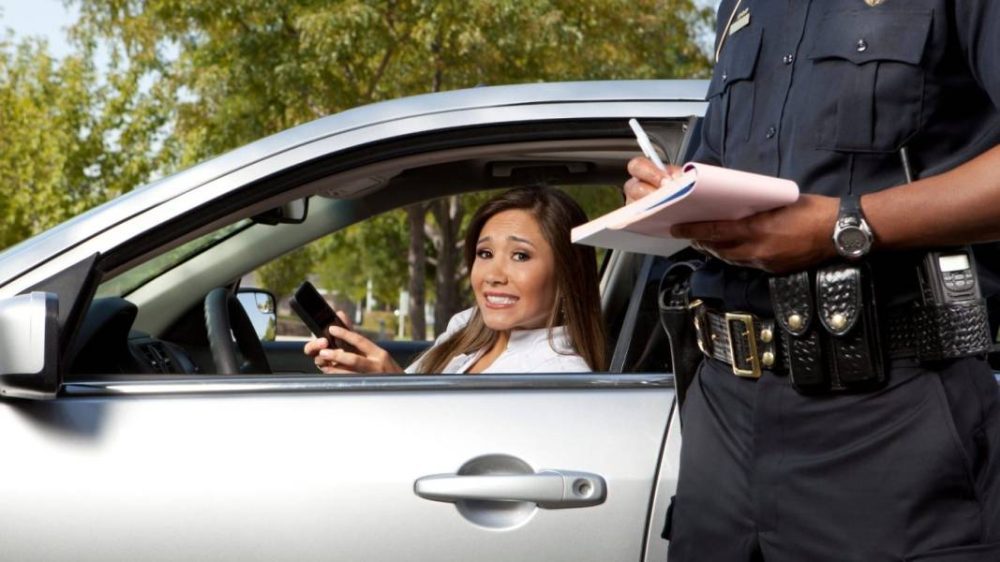Getting a speeding ticket is never fun, especially under California’s vehicle code 22349(a), which makes it illegal to drive over 65 MPH on most highways. For many drivers, the fine and points on their record can be a big headache. The key to beating a traffic ticket is knowing your options and the strategies available to you.
One important strategy involves challenging whether the speed limit was clearly posted and correct. Some roads might have different limits that need to be checked. For instance, if a highway is legally posted at 70 MPH, you shouldn’t be ticketed for going 67. It’s also worthwhile to investigate the accuracy of the radar or speed detection method used by the officer.
An often overlooked approach is using legal assistance. Professionals are well-versed in these cases and can significantly improve your chances of dismissal. Their expertise can help uncover flaws in the officer’s evidence or procedures, potentially leading to your ticket being thrown out.

Understanding Vehicle Code 22349 VC
Vehicle Code 22349 VC in California sets specific speed limits and outlines the penalties for exceeding these limits. Understanding these legal definitions and associated penalties is important for anyone dealing with a speeding ticket under this code.
Legal Definitions and Limits
Vehicle Code 22349(a) VC prohibits driving at speeds over 65 mph on most highways in California. The law establishes a default speed limit and applies unless another speed limit is posted. For example, some roads allow speeds of up to 70 mph under Section 22356.
On two-lane undivided highways, the speed limit is 55 mph unless otherwise indicated. These limits are in place to ensure road safety and reduce accidents.
Exceptions include areas where lower speed limits are posted, particularly in residential and school zones. It’s important to be aware of these limits to avoid potential violations.
Penalties and Consequences
Violating Vehicle Code 22349(a) VC can result in fines and points on your driving record. For instance, speeding 1-15 mph over the 65 mph limit can cost $238. Higher violations incur larger fines, such as $367 or $490.
Additionally, a violation typically results in one DMV point on your driving record. These points can affect insurance rates and, if accumulated, can lead to license suspension.
Reckless driving or more severe infractions may carry harsher penalties. Drivers may also be eligible for traffic school to reduce points, but some exceptions apply, such as for commercial drivers.
Understanding these penalties helps in navigating the legal process and possibly contesting a ticket.
Challenging the Ticket
Challenging a traffic ticket for violating California Vehicle Code 22349 involves careful preparation and a strategic approach. Key steps include gathering supporting evidence, presenting legal arguments, and employing effective courtroom strategies.
Gathering Evidence
Gathering evidence is required for contesting a traffic ticket. Start by collecting any photographic or video evidence from the scene. Dashcam footage, if available, can be particularly useful.
Witnesses who saw the incident can provide statements that support your claim. Document everything they say and be sure their accounts are clear and consistent.
Obtaining a copy of the ticket is also imperative. Check for any errors in the officer’s report, such as the time, date, or location of the alleged violation. Errors can sometimes lead to a dismissal of the ticket.
Besides, consider collecting GPS data. If your car has a tracking system, the speed data recorded around the time of the incident can be compelling evidence. Combining this information can build a strong foundation for your defense.
Legal Arguments and Defenses
Legal arguments play a key role in fighting the ticket. One common defense is questioning the accuracy of the speed detection device used. Devices like radar or laser guns must be accurately calibrated and maintained.
Another argument involves the concept of necessity. If you can prove that exceeding the speed limit was necessary to avoid immediate danger, this could be a valid defense. For instance, you might have sped up to avoid a collision or other hazards on the road.
Using the basic speed law outlined in California Vehicle Code 22350 can also help. This law states that drivers must not drive faster than is safe for the current conditions, regardless of the posted speed limit. Arguing that your speed was safe, given road conditions and traffic, can sometimes be persuasive.
Courtroom Strategies
In court, specific strategies can improve your chances of a favorable outcome. Dressing professionally and addressing the judge with respect might improve your credibility.
Presenting your evidence clearly and logically is important. Use visuals where possible, such as photos or maps, to help illustrate your points. Organize your evidence chronologically to make your argument easy to follow.
Another tactic involves cross-examining the officer who issued the ticket. Ask questions that might reveal inconsistencies or errors in their account. Focus on specifics, like their vantage point or the speed detection method they used.
Lastly, consider requesting a trial by written declaration. In California, this option allows you to contest the ticket in writing, potentially saving time and avoiding a court appearance.
By following these strategies, drivers can increase their chances of successfully challenging a ticket for violating California Vehicle Code 22349.
Conclusion
Fighting a traffic ticket for violating Vehicle Code 22349 VC in California requires a clear strategy. It’s important to understand the maximum speed law and potential defenses like questioning the accuracy of speed measurements or the actual speed limit. Consulting with a professional or using resources to learn more about speed limits can improve the chances of a favorable outcome.
Staying informed about traffic laws and knowing your rights can be beneficial in challenging these tickets effectively.
HedgeThink.com is the fund industry’s leading news, research and analysis source for individual and institutional accredited investors and professionals






























